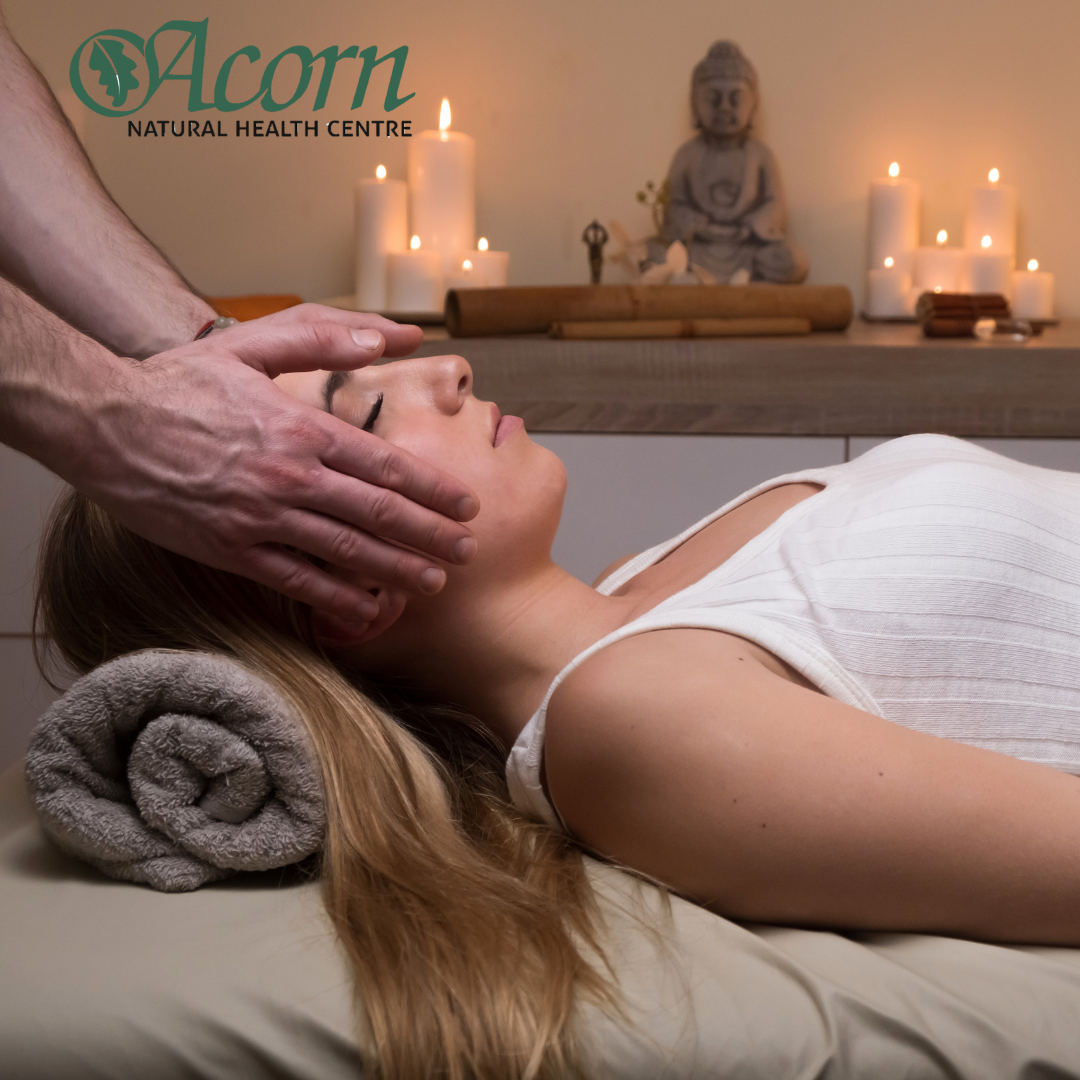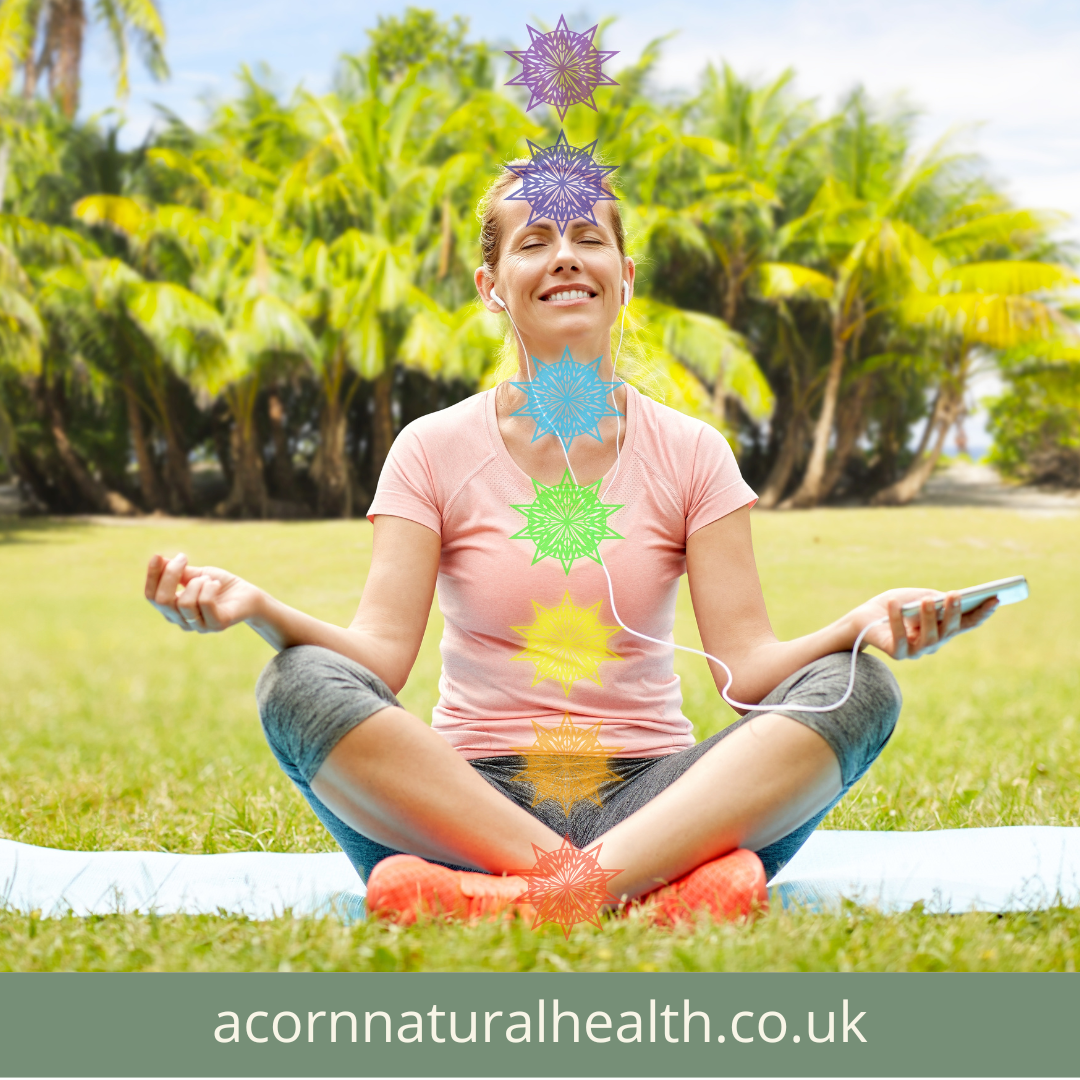Reiki is a gentle, energy-based healing practice rooted in Japanese tradition. It’s valued for promoting relaxation, reducing stress, and encouraging the body’s natural healing process. Here, we’ll answer common questions, covering Reiki’s history, different types, how it works, and what to expect from a session.

1. What Is Reiki?
Reiki is derived from two Japanese words: “Rei” (meaning “universal”) and “Ki” (meaning “life energy”). Together, they represent “universal life energy,” the fundamental force that flows through all living things. Reiki practitioners harness this energy to facilitate healing, support relaxation, and encourage balance within the mind and body.
2. Where Did Reiki Originate?
Reiki originated in Japan in the early 20th century with Mikao Usui, a Japanese Buddhist monk. Usui developed Reiki after a spiritual journey that led him to a deep understanding of energy healing. He established the Usui System of Natural Healing, which emphasizes the body’s ability to heal through channeling energy. Today, Reiki is practiced worldwide and has evolved into several distinct forms.
3. What Are the Different Types of Reiki?
Though Usui Reiki is the foundation, several Reiki styles have developed over time. Here are some of the most popular types:
- Though Usui Reiki is the foundation, several Reiki styles have developed over time. Here are some of the most popular types:
- Usui Reiki: The original form, it focuses on gentle, hands-on healing to channel universal energy through the practitioner to the recipient. Usui Reiki is taught across three levels: Practitioner (Level 1), Advanced Practitioner (Level 2), and Master/Teacher (Level 3).
- Angelic Reiki: Angelic Reiki focuses on healing through a connection with angelic beings and other spiritual entities. This method incorporates attunements with angelic energy, enabling practitioners to channel energy and guidance from these higher realms, often resulting in a deeply transformative experience for the recipient.
- Kundalini Reiki: This simplified form combines Reiki with Kundalini energy to stimulate the body’s chakras, often without the use of traditional symbols. It aims to raise personal energy levels and clear energy blockages.
- Fairy Reiki: Fairy Reiki incorporates a connection with elemental energies, particularly those associated with nature, such as fairies and earth spirits. Practitioners often focus on grounding and nature-based healing, using this energy to help balance and restore harmony with the earth’s natural rhythms, which can be beneficial for physical and emotional wellness.
- Holy Fire Reiki: Another evolution from William Rand, Holy Fire Reiki is considered a refined energy that emphasizes purification, empowerment, and spiritual guidance. It is often taught in combination with Usui Reiki.
- Each Reiki type provides unique ways of working with energy, allowing recipients to explore different healing experiences that resonate with them personally.
4. How Does Reiki Work?
Reiki practitioners believe that energy flows through all living beings, and blockages in this energy can lead to stress, discomfort, or illness. During a session, the practitioner channels universal energy to the recipient to help release these blockages. This may happen on the physical, emotional, mental, or spiritual levels.
Reiki practitioners and recipients often report benefits such as relaxation, reduced anxiety, and an enhanced sense of well-being. Reiki is non-invasive and performed with the recipient fully clothed, making it accessible to individuals of all ages.
5. What to Expect During a Reiki Session?
A Reiki session generally lasts around an hour. Here’s what typically happens:
- Consultation: The practitioner may begin with a short discussion about your health, concerns, or intentions for the session.
- Preparation: You’ll lie down fully clothed on a massage table in a calming, low-lit environment. Some practitioners play soft music to promote relaxation.
- The Treatment: The practitioner uses light touch or holds their hands slightly above your body, moving from one area to another, often starting at the head. They may focus on specific areas depending on your concerns or needs.
- Energy Flow: Many recipients report feeling warmth, tingling, or a sense of peace. Some may even fall asleep, which is entirely normal.
- Post-Session: Afterward, practitioners may discuss any insights they had or recommend follow-up sessions if desired. Many people report feeling relaxed and refreshed, although some may feel tired or emotional as their energy adjusts.
6. What Are the Benefits of Reiki?
While experiences vary, Reiki is generally known to:
- Relieve stress and promote relaxation
- Enhance emotional clarity and reduce anxiety
- Aid in pain management
- Support healing during illness
- Promote better sleep
- Strengthen overall sense of well-being
It’s worth noting that Reiki is complementary and not a substitute for medical treatment. Many recipients seek Reiki to complement traditional treatments for a holistic healing approach.
7. Is Reiki Safe for Everyone?
Yes, Reiki is safe for most individuals and suitable for adults, children, and even animals. It’s gentle, non-invasive, and has no known contraindications. However, always consult a healthcare provider if you’re dealing with a serious medical condition, and let your Reiki practitioner know about any concerns before starting the session.
8. How Often Should You Have a Reiki Session?
Frequency depends on individual goals and needs. Some people benefit from a session every few weeks, while others might prefer weekly sessions during challenging periods. For specific healing goals, a practitioner might recommend an initial series of sessions to build momentum, then move to a less frequent schedule for maintenance.
9. Can You Learn to Practice Reiki?
Yes, anyone can learn to practice Reiki. Most forms are taught through a series of workshops or classes, where a Reiki Master imparts knowledge through attunements, symbols, and techniques. Usui Reiki, for instance, is traditionally taught across three levels. Many people learn Reiki not only to help others but also as a personal wellness tool.
10. Does Everyone Feel Reiki?
Not everyone feels Reiki in the same way. Some recipients experience sensations such as warmth, tingling, or a gentle pulsing, while others may feel a deep sense of calm or even fall asleep. A few might not feel anything physical but report emotional release or mental clarity afterward. Experiences can vary greatly based on the individual, their sensitivity to energy, and the circumstances of each session.
Even if a recipient doesn’t feel immediate effects, the body is believed to benefit from the calming and balancing influence of the Reiki energy. Whether it’s physical sensations or subtle shifts, most people find some positive effect, even if it varies from session to session.
Reiki’s appeal lies in its simplicity, gentle nature, and holistic benefits. Whether seeking stress relief, emotional healing, or a deeper spiritual connection, Reiki offers a versatile healing approach that honours the mind-body connection. As Reiki grows in popularity, it continues to adapt, serving as a bridge between ancient practices and modern wellness.




